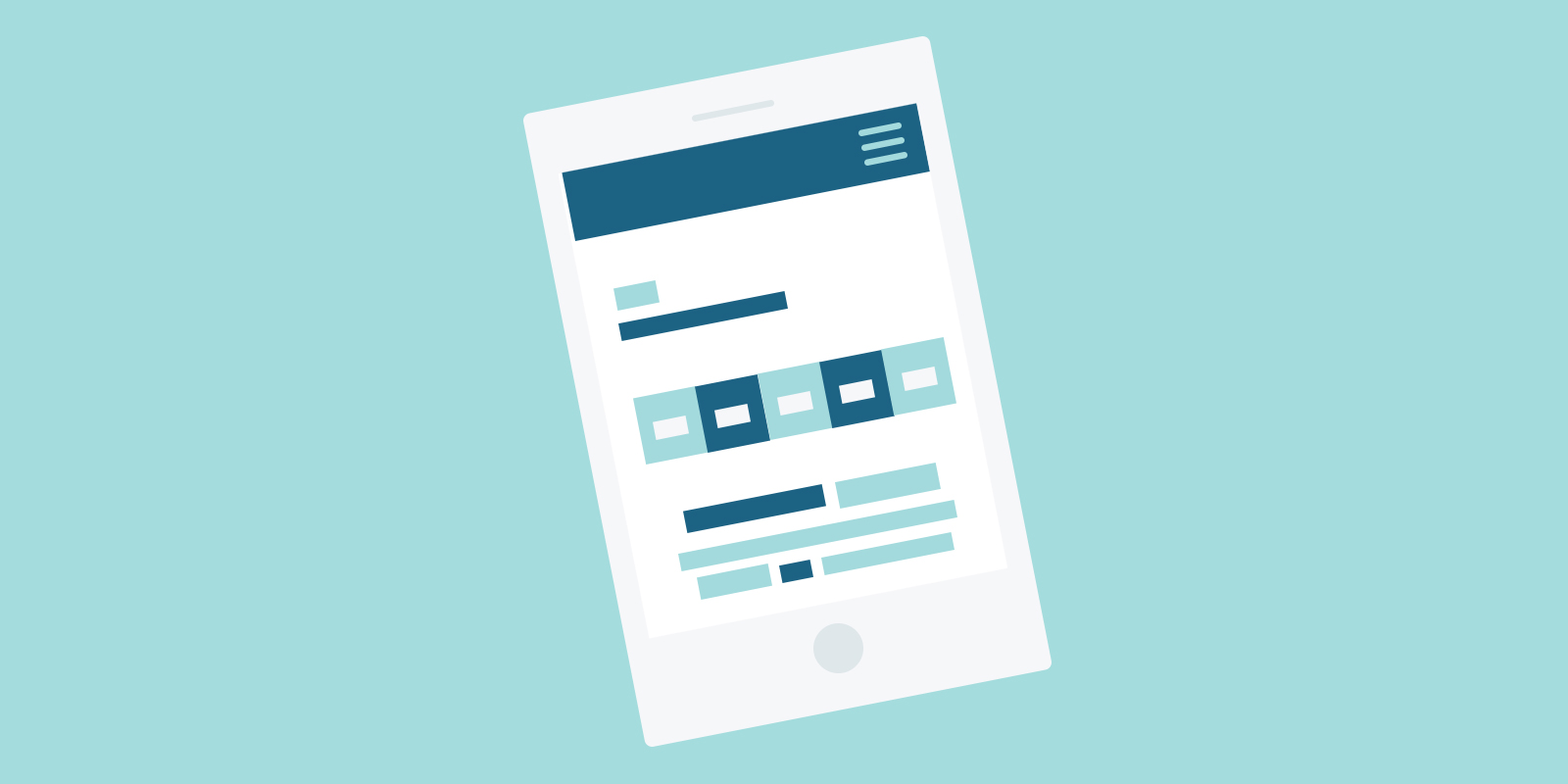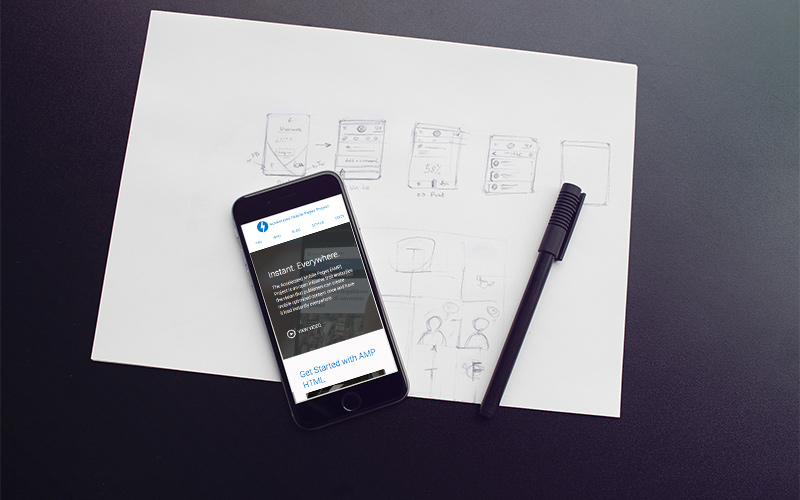There are plenty of important items to consider when evaluating the “health” of your website. From mobile design through overall website performance, your website should always evolve beyond launch, and as your business does we’d like to cover just a few of the items to consider:
- How fast is your site loading?
- Can users find what they’re looking for quickly?
- Is your site’s user experience intuitive for mobile users?
Website Performance
Site speed can be crucial to your visitors. Since the average time a visitor spends on a website can be as few as 30 – 50 seconds you don’t want to waste time getting them engaged. Plus the ever growing number of mobile users requires a lean and mean approach to serving content.
One tool we regularly use to evaluate website speed is PageSpeed insights. This is a great free resource to get a breakdown on your website performance on both mobile and desktop. The results also return suggestions as to how you can improve your site speed.
Our work with the team at MF Fire has included enhancements to their website performance. We wanted to ensure a fast and lightweight experience both on mobile and desktop platforms.
User Interface
 Web user interfaces are much more than buttons, menus and forms for users to fill out. They are the connection between the user and the experience; the first impression and a lasting impression that either makes a website feel like an old friend or a forgettable passerby.
Web user interfaces are much more than buttons, menus and forms for users to fill out. They are the connection between the user and the experience; the first impression and a lasting impression that either makes a website feel like an old friend or a forgettable passerby.
When considering your visitors point of view, do you find that your initial impression of your website has:
- a simple and intuitive navigation?
- is there some form of visual hierarchy in how your information is presented?
- strong and concise messaging behind who you are and what you do?
The hallmark of a great interface is simplicity. By this we don’t mean simply sticking a button or two here and there with some animations thrown in – we mean easy to understand and interact with. Your users shouldn’t need a map in order to navigate through your app or website, and it’s part of the website’s purpose to subtly guide vistors from where they are to where they need to go.
Mobile Design
The previous checklist items can play a big role in how your website performs for mobile users:
- Performance: Fickle networks can cause websites to load slower at times for mobile users so it’s important to serve up a lightweight and fast website.
- User Interface: Your mobile design should display well for the many different viewports visitors may be using.
Since a mobile visitor’s behavior will differ from the experience of a visitor on desktop it’s important to consider a few more things:
- Are images loaded to reflect the device the user is on? For example retina specific or smaller files for phones vs tablets?
- Does your desktop hierarchy of information still work well for smaller devices?
- If your website is e-commerce driven, is the user experience still fluid and easy to navigate?
With the constant increase of visitors viewing the web on smartphones it’s extremely important ensure your website’s mobile experience is always evolving. According to Google insights 50% of B2B search queries occur on mobile devices today and it’s expected to grow by 70% by 2020.
There are plenty of reasons to continue to evaluate your website’s health beyond these few items but they’re a great place to start. If your website is in need of some of these updates feel free to reach out! We regularly work with our clients to ensure their web presence is… up to speed.




